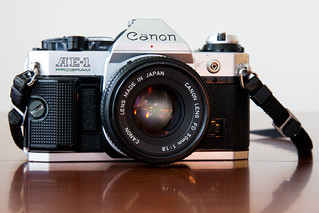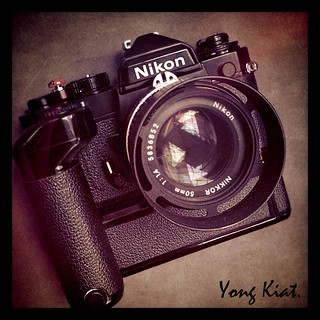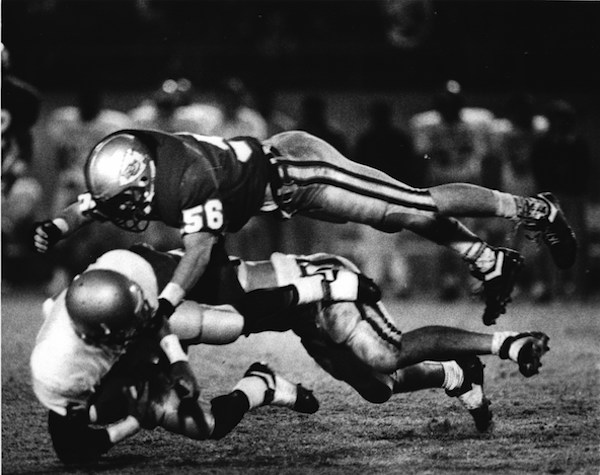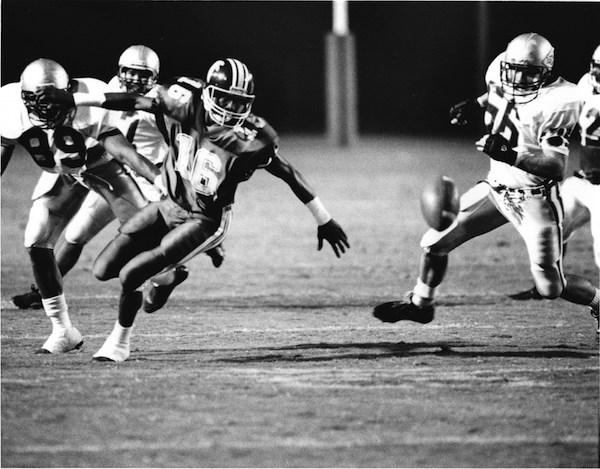A photographic history
Film isn’t cheap and won’t develop itself. That was the message I heard growing up. We had a family camera. First it was an old Exakta without an internal light meter.

This was the camera-not-to-be-touched. It was so truly awkward to use, photo-hipsters would love it today. Because of the time needed to get a photo “right” and that we shot slide film1 exclusively, I wasn’t allowed to touch the camera as a child.
Later, we upgraded to a Canon AE-1. Not only did it have a built-in light meter, it had auto-exposure. This was nearly a miracle of technology to us. Now the camera could be passed around, and there was a chance the pictures would come out. I was allowed to use this camera, but only for a shot or two.

I was given a few “throw-away2” cameras along the way. They used cartridge formats like 110 and 126. Ones that are now consigned to the film graveyard. These were snapshot cameras and the film would stay in them for sometimes a year. Because of the cost, it was “important” to get every shot right. I didn’t realize until much later that attitude greatly limited my enjoyment of photography.
In community college took a Photography 101 class. I learned the basics while getting my fingers wet in the darkroom. Then I took a photojournalism class, and our assignments were often used in the school newspaper. Now it was time to upgrade from the family Canon. One of my new friends had been shooting for years and had a nice collection of glass to go with his Nikon F3.
With lenses to borrow, it was easy to decide what kind of body to get. Not too much later I was the proud owner of a used Nikon FE-2. My photography also sped up. The FE-2 came with a motor drive!

I enjoyed shooting for the school newspaper. Sports was my niche. I also learned it was a good day to get two keepers from a roll. The machine-gun whir of a motor drive shot down the idea of making every frame perfect.


I moved on in school. I left the newspaper and chased a “real” career. I also left photography behind. The century turned over and digital became mainstream. I didn’t jump back in. The expense was too great for just a hobby, even with the added convenience. I knew the technology would continue to improve. One day the price-to-value ratio would be too tempting to ignore.
It wasn’t even a camera that became my first digital camera. One day I upgraded my flip-phone to a smartphone and had a surprising capable camera that was easy to carry.
The iPhone and its camera brought a lot of people into photography. It brought me back.
